268867 Peptidase_S28 superfamilyThalassiosira pseudonana
| Chromosome | Product | Transcript Start | End | Strand | Short Name | |
|---|---|---|---|---|---|---|
| 268867 | chr_5 | Peptidase_S28 superfamily | 712785 | 714563 | + | Peptidase_S28 superfamily |
| NCBI ID | Ensembl Genomes exon ID |
|---|---|
| 7449255 | Thaps268867.5, Thaps268867.3, Thaps268867.2, Thaps268867.6, Thaps268867.4, Thaps268867.1, Thaps268867.7 |
| Expression Profile | Conditional Changes | Cluster Dendrogram | Discovered Potential cis-Regulatory Motifs |
|---|---|---|---|
Thaps_hclust_0396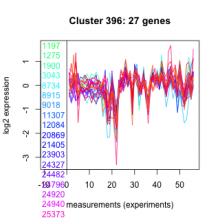 |
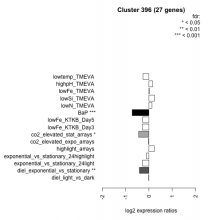 |
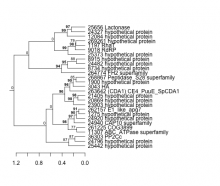 |
   |
| Normalized Mean Residue | Discovered Potential cis-Regulatory Motifs | |
|---|---|---|
|
Thaps_bicluster_0126 |
0.34 |
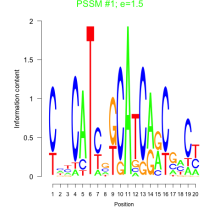 1.5 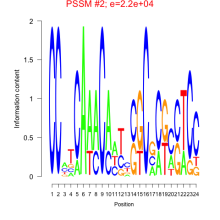 22000 |
| T. pseudonana | P. tricornutum | P. tricornutum DiatomCyc | F. cylindrus | Pseudo-nitzschia multiseries | E. huxleyi | C. reinhardtii | A. thaliana | P. sojae |
|---|---|---|---|---|---|---|---|---|
| Not available | PHATRDRAFT_50463 | PHATRDRAFT_50463 | 207666 | 321756 | 354180 | Not available | Not available | 355172 |
| KEGG description | KEGG Pathway |
|---|---|
| Not available | Not available |

Add comment